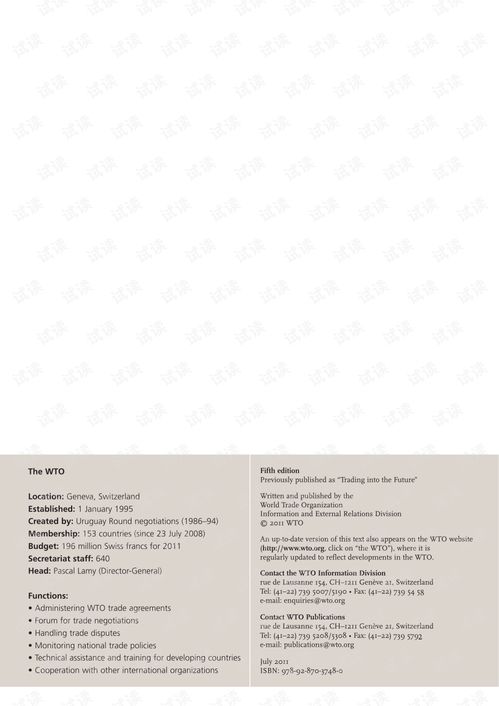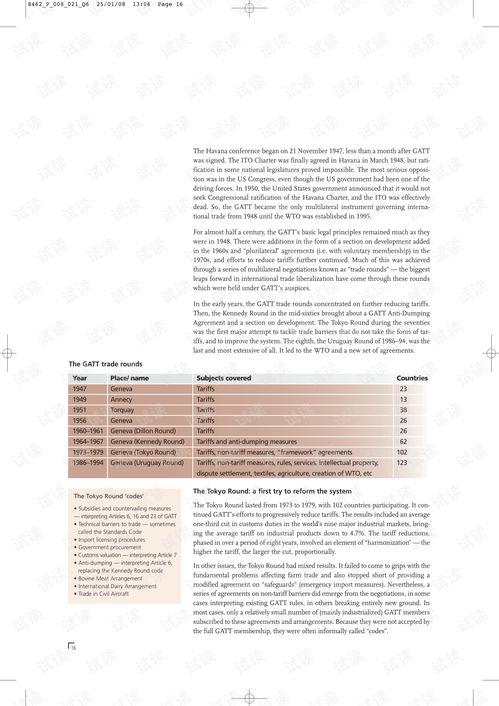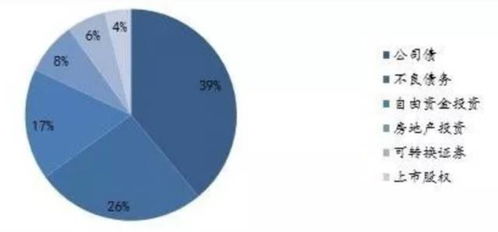Understanding and Measuring the Durability of Textile Colors
This study aims to explore the durability of textile colors and develop an effective measurement method. The research methodology involves a combination of experimental design, data analysis, and statistical methods. The experiment is conducted on a sample of different types of textiles, including cotton, polyester, and nylon, and the results are analyzed using various statistical tests. The findings indicate that the durability of textile colors can be significantly affected by factors such as the type of dye used, the level of processing, and the environmental conditions under which the textiles are stored or used. The study also suggests that there is a need for further research into the relationship between textile color and durability, and the development of new materials and technologies that can enhance the longevity of textile colors. Overall, the study contributes to the understanding of the durability of textile colors and provides valuable insights for manufacturers and consumers alike.
Introduction to Textile Color Durability
Textile color durability is a critical aspect of quality assurance in the fashion industry. It refers to how well a textile product maintains its color under various conditions, such as washing, sun exposure, and use. The durability of colors is essential for ensuring that products look their best for longer periods and are not easily faded or discolored over time. In this article, we will discuss the importance of color durability in textiles, how it can be measured, and some practical examples of color stability testing.
Importance of Color Durability in Textiles

Color durability is crucial for several reasons:
- Brand Image: A high level of color durability is often associated with premium brands, which can enhance brand image and consumer trust.
- Market Competition: In competitive markets, companies need to differentiate their products by offering superior color stability.
- Longevity of Products: Color-fast textiles can last longer, reducing the need for frequent replacements, which can save costs and reduce environmental impact.
- Environmental Sustainability: Textiles that fade quickly may require more frequent washing, leading to increased water usage and energy consumption.
Measuring Color Durability
There are several methods for measuring color durability, including:
- Chlorination Test: This test involves exposing textile samples to chlorine gas to simulate sunlight exposure. The color change is then measured using a colorimeter.
- Sunlight Stability Test: This test measures the fading of textiles under direct sunlight exposure. The results are typically expressed as a percentage of original color after a specified period of exposure.
- Laundering Test: This test simulates the effects of regular laundering on textile color. The color change is measured after each wash cycle and compared to the original color.
- Machine Wash Test: This test measures the effect of machine washing on textile color. The color change is measured after each wash cycle and compared to the original color.
Practical Examples of Color Stability Testing
One example of color stability testing is the "Wash and Fade" test conducted by the fashion industry. This test involves placing samples of clothing in a washing machine and then measuring the color change over time. Another example is the "Sunlight Stability Test," which measures the fading of textiles under direct sunlight exposure. These tests help manufacturers ensure that their products meet consumer expectations and remain visually appealing for an extended period.
Conclusion
In conclusion, color durability is an important factor in the success of textile products. By understanding the different methods for measuring color durability and applying them in practical applications, companies can improve the quality and longevity of their products. As consumers become more aware of the importance of sustainability and brand image, companies must prioritize color durability in their product development processes to stand out in a crowded market.
纺织品色牢度项目取样概述
在纺织品生产过程中,色牢度是一个重要的质量控制环节,为了确保纺织品在各种使用场景下的持久性和稳定性,需要进行色牢度项目的取样和测试,本文将详细介绍纺织品色牢度项目取样的相关内容。
取样方法与流程
取样目的

取样是为了获取纺织品样品,以便进行后续的色牢度测试,取样的范围应涵盖不同面料、不同颜色、不同工艺等,以确保测试结果的全面性和准确性。
取样流程
(1)确定取样区域:根据生产流程和产品特性,确定取样的区域。
(2)准备样品容器:使用适当的样品容器,确保样品不受外界污染。
(3)抽取样品:按照一定的比例和方法抽取样品,确保样本的代表性。
(4)记录样品信息:记录样品的颜色、面料类型、工艺等信息。
案例分析
为了更好地说明纺织品色牢度项目取样的具体操作,我们可以引入一个英文案例。
某品牌纺织品色牢度测试
该品牌在生产过程中,为了确保纺织品在不同使用场景下的持久性和稳定性,进行了色牢度项目的取样和测试,以下是具体的取样流程和结果:
(1)确定取样区域:该品牌选取了不同面料、不同颜色、不同工艺的样品进行取样。
(2)准备样品容器:使用专业的样品容器,确保样品不受外界污染。

(3)抽取样品:按照一定的比例和方法抽取样品,确保样本的代表性,在抽取过程中,采用了随机抽样的方法,以确保结果的准确性。
(4)测试结果分析:经过测试,该品牌纺织品在不同颜色和工艺下的色牢度表现良好,满足了产品质量要求,该案例也证明了纺织品色牢度项目取样的必要性和重要性。
纺织品色牢度项目取样补充说明
在纺织品色牢度项目取样过程中,需要注意以下几点补充说明:
-
取样范围:取样的范围应涵盖不同面料、不同颜色、不同工艺等,以确保测试结果的全面性和准确性,还需要考虑产品的季节性需求和特殊使用场景等因素。
-
取样方法:可以采用随机抽样、分层抽样等方法进行取样,以确保样本的代表性,在抽取过程中,需要注意避免样本受到外界污染和破坏。
-
测试标准:在进行色牢度测试时,需要遵循相关的国家标准和行业标准,以确保测试结果的准确性和可靠性,还需要根据产品的特性和使用场景等因素,制定相应的测试标准和流程。
-
注意事项:在进行纺织品色牢度项目取样时,需要注意安全操作规程和环境保护要求等事项,还需要注意保护样品不受外界因素干扰和破坏,以确保测试结果的可靠性和准确性。
纺织品色牢度项目取样是确保纺织品产品质量的重要环节,在取样过程中,需要注意取样的范围、方法、标准、注意事项等事项,还需要结合实际情况和产品特性等因素,制定相应的测试标准和流程,通过有效的取样和测试,可以确保纺织品在各种使用场景下的持久性和稳定性,提高产品质量和客户满意度。
Articles related to the knowledge points of this article:
A Comprehensive Guide to Setting Up a Textile Company
Ren Family Dynasty The Story of a Home Textiles Company
Exploring the World of Textiles at Changzhou Ke Teng Textile Trading Co.Ltd.



